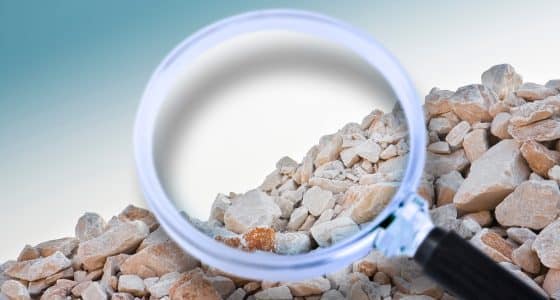Malignant mesothelioma is caused by exposure to asbestos, a mineral that has been used for centuries in a variety of industrial and high-heat settings. Asbestos’ strength, its resistance to heat and flame, and its conductivity, have made it advantageous in numerous applications, but this is offset by the fact that it is a potent carcinogen. While many countries have imposed total bans of use of the material, and advocates are working to achieve the same in the United States, some scientists are working to reduce its toxicity. A recent study reveals that specific marine bacteria may be able to achieve that goal.

University of Pennsylvania Researchers Find Bacteria that Reduces Asbestos Toxicity
There are many ways to approach the problem of malignant mesothelioma. Physicians and medical work to provide patients with a better quality of life and to extend survival through innovative treatments and potential cures. Attorneys and advocates seek justice from the asbestos companies that have knowingly exposed people to asbestos fibers and work to have the material’s use banned.
But researchers from the University of Pennsylvania have taken a different path to stopping asbestos’ deadly impact. According to a study published in Applied and Environmental Microbiology, they have identified a specific type of bacteria that comes from high temperature marine environments that can be used to treat asbestos fibers and reduce their toxicity.
Mesothelioma is Caused by Exposure to Asbestos
Though exactly how asbestos leads to malignant mesothelioma is not fully understood, research has connected iron in the mineral with its toxicity. The Penn researchers found that a specific extremophilic bacteria called Deferrisoma palaeochoriense removes iron from the material through anaerobic respiration while at the same time possibly enhancing its electrical conductivity.
Another characteristic of asbestos that contributes to the development of mesothelioma is the mineral’s fibrous silicate structures. The researchers identified a different thermophilic bacteria called Thermovibrio ammonificans that removes silicon and magnesium from the mineral, interrupting its fibrous structure.
While the idea of making asbestos less toxic is appealing, the best way to prevent malignant mesothelioma is to eliminate the potential for exposure to asbestos. For information, contact the Patient Advocates at Mesothelioma.net at 1-800-692-8608.
